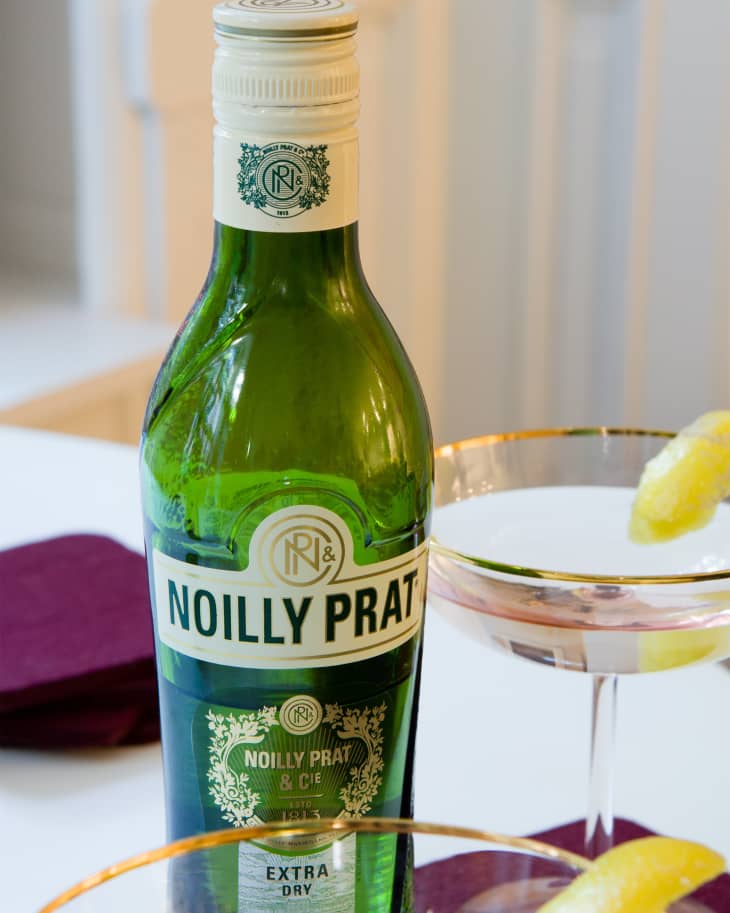All About Vermouth
A key ingredient in cocktail greats such as the
Martini
Taking its name from the German word “Wermut,” meaning wormwood, vermouth is an aromatic fortified wine flavored with herbs, roots, bark, flowers and other botanicals. It comes in two basic styles: sweet and dry, each with different cocktail uses.
- Sweet Vermouth (aka Italian vermouth, red vermouth, vermouth rosso) The earliest commercial vermouths came out of late 18th Century Italy (Martini & Rossi was a famous maker of the time who’s still a giant in the market today), and for that reason any sweet, red vermouth made in this tradition now (regardless of its country of origin) is known as “Italian vermouth.”
Cocktail Uses: Manhattans, Rob Roys, Negronis, Bronxes, Americanos, and others - Dry Vermouth (aka French vermouth, white vermouth, vermouth secco) In the early 19th Century, French winemaker, Joseph Noilly, arrived on the scene with his own style of vermouth, which was pale in color and much drier. Noilly Prat is still a leading maker of this style of aromatic fortified wine, which is still referred to as “French vermouth” regardless of where it was made.
Cocktail Uses:Martinis, Gibsons
Bronxes, and others
Vermouth as an Aperitif
Of course, vermouth isn’t just for mixing. Both sweet and dry vermouth can be enjoyed on their own over ice as an aperitif. (A mixture of half dry, half sweet is especially good.) A twist or slice of lemon or orange makes a nice addition to the mix.
How to Store
Unlike the sturdier, higher-proof spirits in your home bar, vermouth has a limited shelf life. Because its alcohol content is relatively low (18 percent), vermouth will begin to oxidize once it’s been exposed to air, and its flavor will go off over time. To keep this aromatic fortified wine tasting its very best, store opened bottles in the fridge for no longer than a month or two. (Confession: we’ve been known to keep vermouth considerably longer than this, but have since resolved to pass over the econo-sized bottles at the liquor store and reach for the 375ml minis instead.)
Wet or Dry Martinis: Just How Much Vermouth Should You Pour?
When people talk about “wet” or “dry” Martinis, they’re referring to the amount of vermouth added to the mix. And this amount has long been the subject of barroom debate.
Early Martinis were definitely on the wetter side (recipes from the 1900s call for equal parts vermouth and gin!).
On the other end of the spectrum, Winston Churchill preferred his drinks considerably drier. The politician was famously said to have made his Martinis by pouring some gin into a cocktail pitcher and “glancing briefly at a bottle of vermouth” across the room.
Bottom line? It’s all a matter of taste.
Related: Cocktail Basics: All About Bitters
(Images: Nora Maynard)
